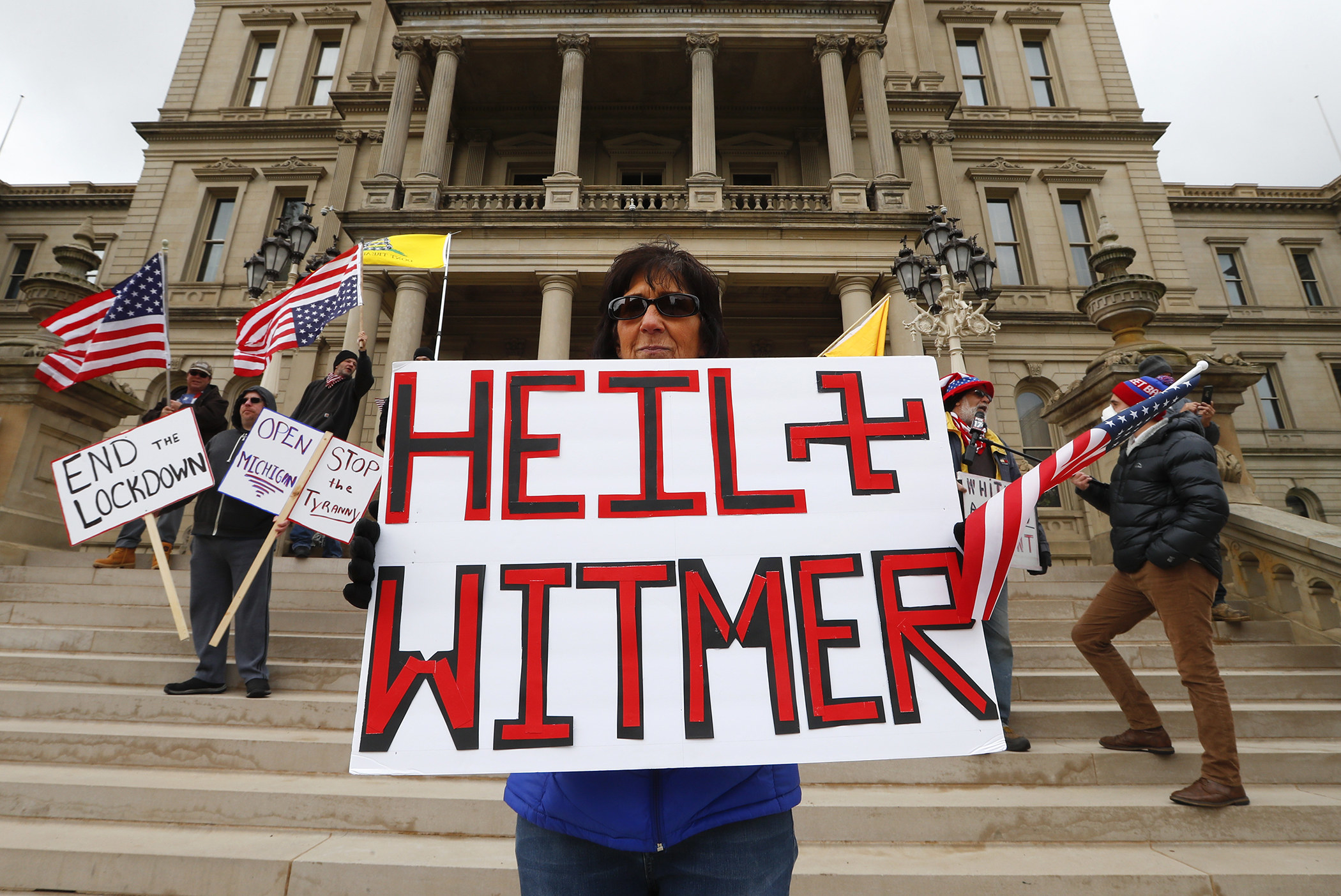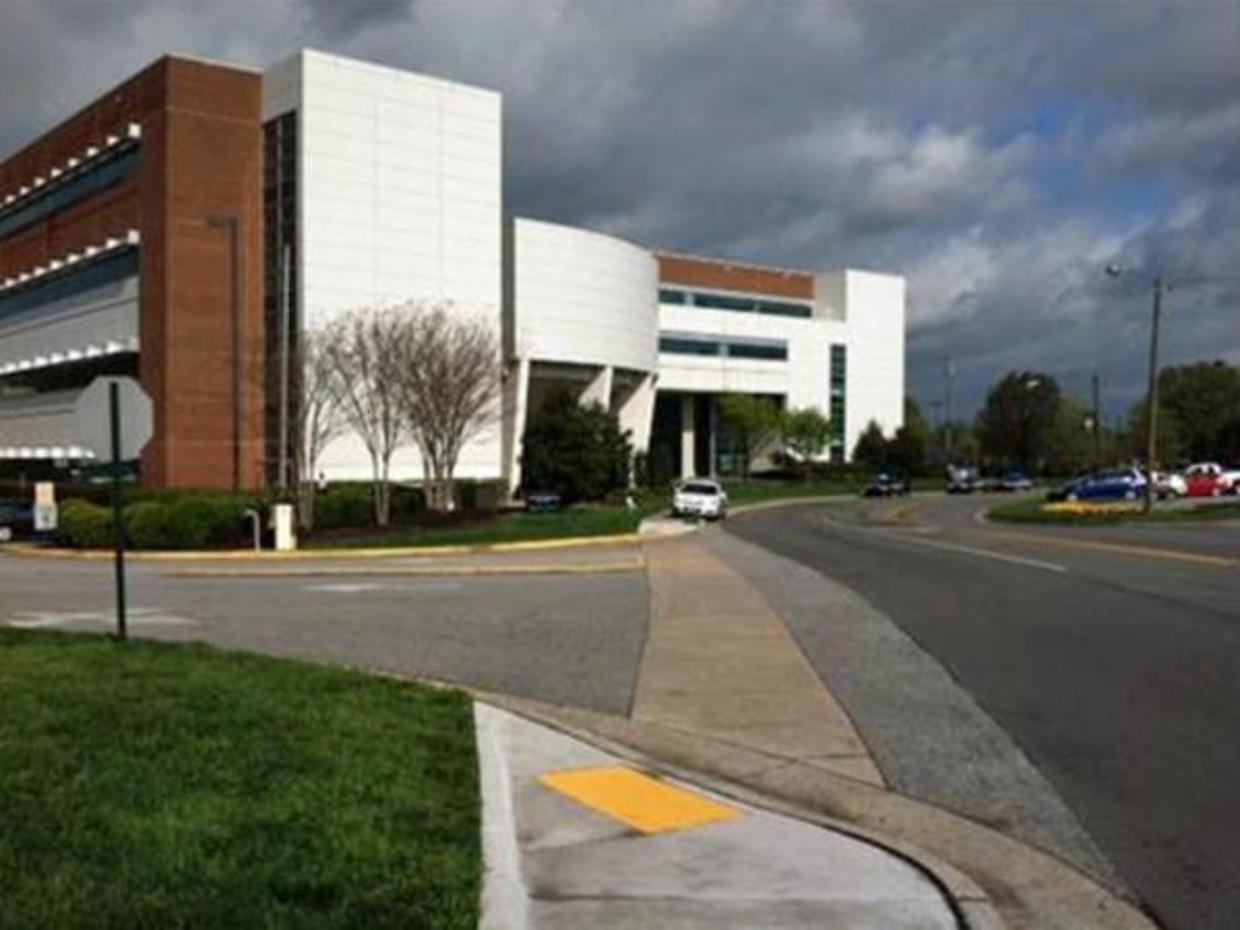
Middle and high schools were slated to reopen under Plan B, which did require social distancing. The guidance instructed elementary schools to reopen under Plan A, which did not require social distancing. Roy Cooper (D) announced new school guidance and encouraged public K-12 schools to reopen for full-time in-person instruction. No Republicans opposed the state Senate bill, and two Democrats voted in favor of it.

The state House bill contained modifications distinguishing it from the state Senate bill, including a provision allowing special accommodations for educators who had conditions that increased their risk of severe illness from COVID-19. 9, but the chamber refrained from holding a final vote on the state House’s version of the bill. The state Senate passed a similar bill 29-15 on Feb.All Republicans and five Democrats in the chamber supported the bill. Families would be able to choose remote instruction. 11 to advance a bill requiring school districts to provide the option of in-person instruction for all students. The North Carolina House of Representatives voted 77-44 on Feb.To override Cooper’s veto, the bill would need the support of three-fifths of the members in both chambers of the legislature. 22, while the state Senate passed the bill 31-16 on Feb. The state House of Representatives passed the bill 77-42 on Feb. Roy Cooper (D) vetoed a bill that would have required schools to provide daily in-person instruction. February 26, 2021: North Carolina Gov.One Democrat joined with Republicans in voting to override the veto. The final vote was 29-20, one vote short of the three-fifths majority necessary to override a gubernatorial veto. Roy Cooper’s (D) veto of SB 37, a bill that would have required schools to provide daily in-person instruction.


We encourage you to share updates from local officials, policymakers, and campaigns in your community at 1 Timeline by school year These pages are updated twice a week on Tuesday and Thursday, but our email is always open. A summary of school reopening statuses in the 2019-2020 academic yearīallotpedia’s coverage of COVID-19 includes how federal, state, and local governments are responding, and how those responses are influencing election rules and operations, political campaigns, the economy, schools, and more.

A summary of school reopening statuses in the 2020-2021 academic year.A nationwide summary of school mask and vaccine requirements in the 2021-2022 school year.This article summarizes responses to the coronavirus in North Carolina schools in the academic years ending in 2020, 2021, and 2022. All 50 states closed schools to in-person instruction at some point during the 2019-2020 school year in response to the coronavirus pandemic. By the end of the 2020-2021 school year, about 66% of students nationwide were in states that left closure decisions to schools or districts, 33% were in states with state-ordered in-person instruction, and 1% were in states with state-ordered regional school closures. As students returned to school for the 2021-2022 school year, states set a variety of policies on education and the COVID-19 pandemic, including how schools should open to in-person instruction and whether students and staff would be required to wear masks.


 0 kommentar(er)
0 kommentar(er)
